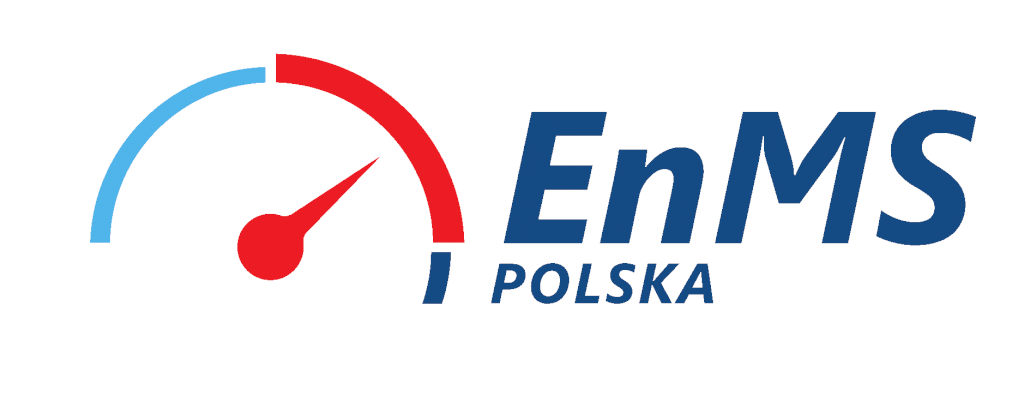Energy management system according to PN-EN ISO 50001
To ensure constant control over energy consumption and its costs in a company, an effectively implemented and efficient Energy Management System is necessary. –
Based on existing norms on energy management in various countries and the experiences associated with their implementation, the International Organization for Standardization (ISO) has developed an international standard for energy management – ISO 50001. This standard, issued on June 15, 2011, replaced the European standard EN 16001.
ISO 50001, like all other ISO standards, is based on the Plan-Do-Check-Act cycle, which allows for easy integration of this system with existing management systems in an organization, such as Quality Management System according to ISO 9001 or Environmental Management System according to ISO 14001.
The implementation and maintenance of an Energy Management System compliant with ISO 50001 contribute to the reduction of energy consumption (reducing CO2 emissions) and, consequently, energy costs, through a comprehensive and systematic approach to monitoring energy utilization and consumption, as well as the application of best available technologies and practices.
The ISO 50001:2011 standard, in terms of its requirements, fully applies to areas and management tools that are crucial for building, maintaining, and improving comprehensive energy management in enterprises of all types and sizes, especially in manufacturing companies.
Among the benefits of implementing an Energy Management System in enterprises, the following should be mentioned:
- Reduced energy consumption = cost savings
- Reduction in greenhouse gas emissions
- Compliance with legal requirements, including the Energy Efficiency Act, which mandates conducting an energy audit every 4 years
- Increased awareness among employees
- Improved maintenance standards
- Enhanced knowledge about machinery efficiency
- Informed decision-making regarding energy-related matters
- Systematic approach to the Right First Time method
- Improved company image and positive impact on public opinion
- Increased manufacturing efficiency
- Greater productivity and improved competitiveness in the market
- Enhanced equipment maintenance and servicing practices
- Introduction of a continuous improvement process
The basic implementation phases of an Energy Management System in accordance with the requirements of ISO 50001 are as follows:
I. Zero Audit – Analysis of Gaps in relation to the requirements of ISO 50001.
II. Conducting an Energy Review.
III. Establishment and training of the Energy Management Team and identification of legal requirements that the organization must comply with regarding its energy use and consumption.
IV. Development of missing documentation and forms related to the Energy Management System.
V. Preparation of the energy objectives and targets register and the Energy Management Action Plan.
VI. Development of the Energy Management System Communication Plan.
VII. Development of the Training Plan and conducting training on the requirements of the Energy Management System, raising awareness of efficient energy use, and auditing the Energy Management System.
VIII. Establishment and update of operational procedures and criteria related to operational control.
IX. Preparation of the monitoring and measurement plan for the Energy Management System.
X. Monitoring, measurement, and analysis of energy and Energy Management System data.
XI. Conducting an internal audit of the Energy Management System. XII. Conducting the Management Review of the Energy Management System.





